5 rules to follow
1. Wash all utensils (and hands) with warm soapy water. Sterilization is not necessary.
2. Avoid salt with added iodine. This substance has antimicrobial properties that alter the fermentation processes.
3. Use still bottled mineral water. The one from the tap may contain chlorine which, being added to kill microorganisms, as well as iodine has the ability to slow down or block fermentation.
4. Keep the jars out of light: even ultraviolet rays have an antimicrobial action.
5. Check that the foods are fermenting always covered in liquid.
Find out which jar is right
For the 10 foods indicated in the gallery below, glass containers are fine: with a wide opening for vegetables, fruit, legumes or cereals, like this it is easier to press them so that they remain covered with liquid; or with a narrow mouth for alcoholic fermentations.
As for the lids, ok to those of glass and plastic as well as metal (with the latter, however, put a sheet of parchment paper between the food and the closure).
Browse the gallery and discover the recipes to prepare 10 fermented foods!
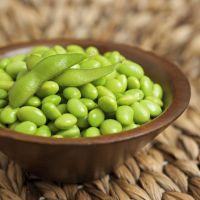
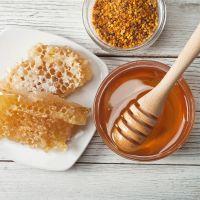
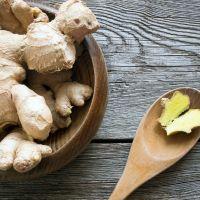

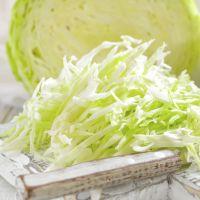
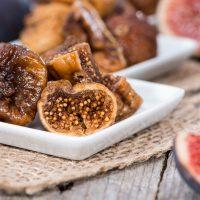
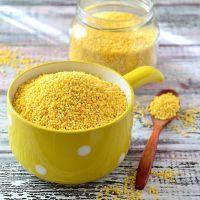
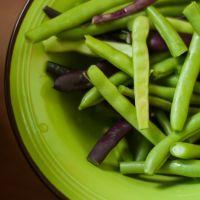
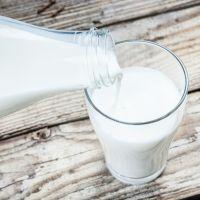
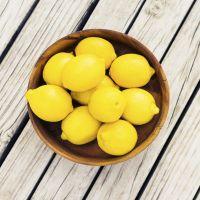

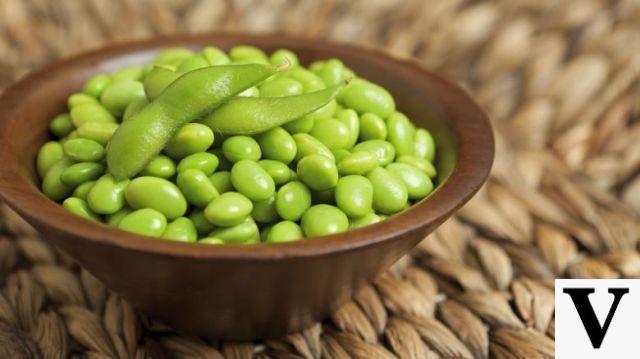
1. Soy beans
Grind 500g of dry beans and let them soak for 1 night. Drain them and cook them for 45 minutes in mineral water. Dry them (using a fan) and let them cool down. Then combine 1 teaspoon of Rhizopus oligosporus (you can find it online), mix, transfer into plastic bags pierced with a needle and let it ferment until you get a delicious tempeh.
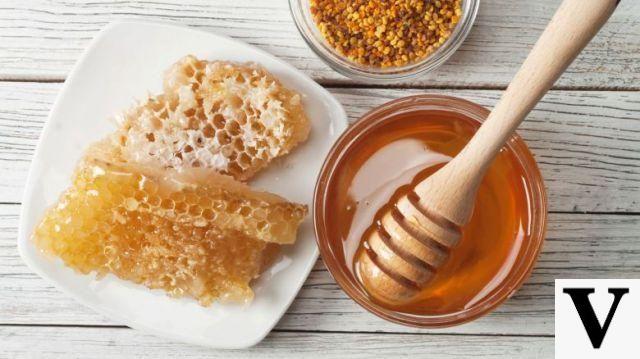
2. Honey
In a narrow opening jar pour 1 part of raw honey (unpasteurized) and 4 of cold still water. Mix well, cover with a tea towel and let it brew for 2 weeks. You can then drink immediately or continue fermentation for another 8-10 weeks (the alcohol content will increase) and then bottle the mead thus obtained.
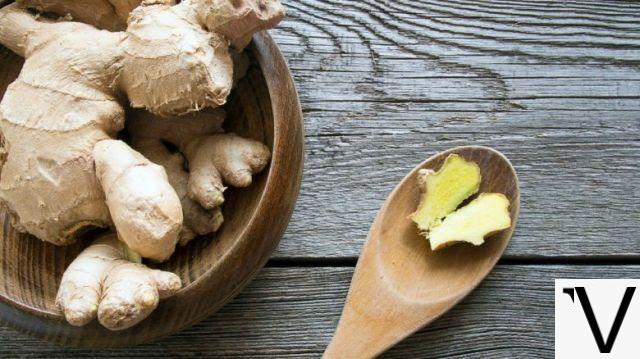
3. Ginger
Grate a little root, combine water and sugar and mix. Every day add more ginger and sugar, until the mixture (ginger bug) develops vigorous bubbles. Prepare a decoction with 5-15 cm of root and 4 liters of water. Sweeten with 400 g of sugar and leave to cool. Pour in the ginger bug, cover with a tea towel and wait for the fermented ginger drink to fizz. Finally, bottle.
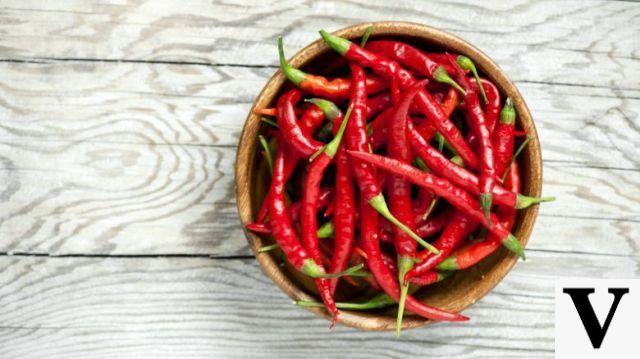
4. Fresh chilli
Remove the 200g stalk of fresh chillies. Cut them into small pieces and add 4 g of salt. To taste, add garlic or spices. Transfer to a jar, press well and let it ferment for 1 month (covered with gauze), checking that the contents are always immersed in its liquid. Then blend. You will have a great hot sauce.
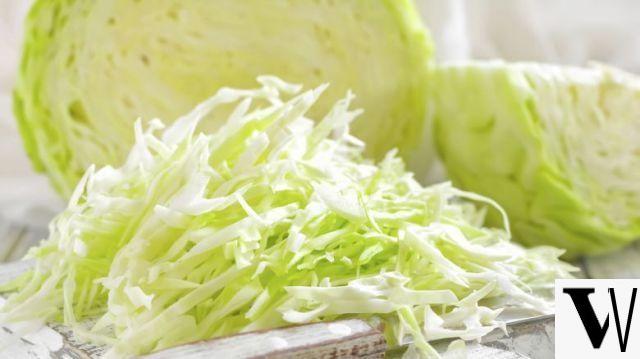
5. Cabbage
Remove the core and cut the cabbage into thin slices that you will arrange in a baking dish. Salt lightly, cover with paper and press until the vegetables are moist. Then transfer it to a jar, squeeze it below the liquid level and add the cumin seeds. Store in a cool place. After 1 month you will be able to eat delicious sauerkraut.

6. Black dried figs
Chop 4 cups of figs and leave to soak for 1 hour in warm water. Drain and blend them with 1 tablespoon of salt, 1/4 cup of whey (you get it by curdling raw milk to remove the solid part) and 60 ml of maple syrup. Transfer the mixture to a 1 liter jar, close with the lid and let it ferment at room temperature for 2 days. Keep the butter produced in the refrigerator.
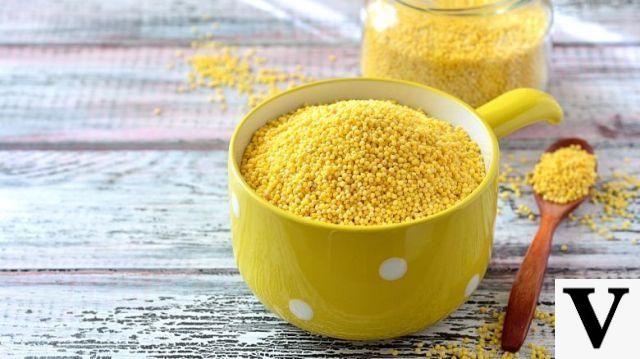
7. Mile
Coarsely grind the millet and let it ferment in a container full of water (37 ° C) for 1-2 days, covered with a tea towel. Drain the grains and transfer them to a saucepan with the soaking liquid (calculating 4 parts per 1 of cereal). Salt and door to cooking. You will get a creamy porridge with a sweet and delicate flavor.
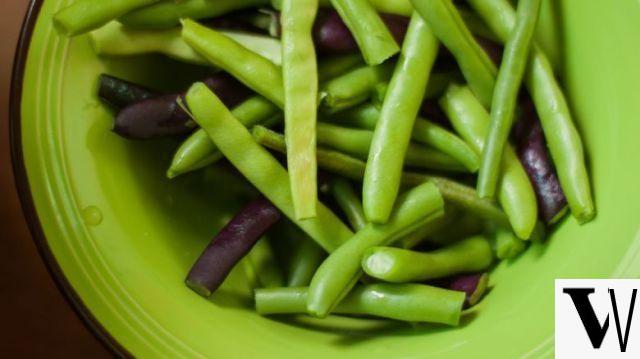
8. Green beans
Put the legumes, washed carefully, in one or more glass jars with garlic, chilli and salt. Add a hot mixture of vinegar and water in equal parts. Then close, put the container (s) in a pot full of water and boil for 10 minutes. Wait at least 1 week before enjoying fermented green beans.
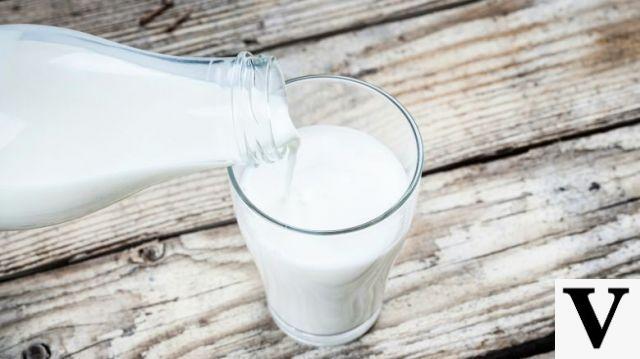
9. Raw milk
Buy 1 liter of raw milk from a manufacturer. Remove the cream floating on the surface, put it in a bowl, cover with gauze and let it brew for 24 hours in a warm place. Transfer the resulting crème fraîche to the refrigerator, where it will continue to thicken and develop its aroma. Enjoy it in sauces, soups and desserts.
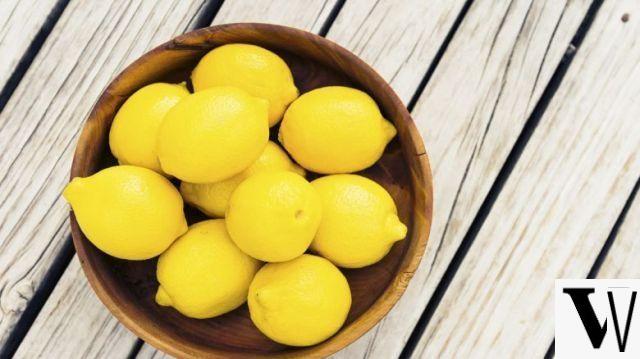
10. Lemons
Wash and cut 1 kg of organic lemons into 4 wedges. Take 9 tablespoons of salt: put one part on the inside and outside of the citrus fruits and pour the rest into a 1 liter jar. Then crush the "recomposed" fruits on the bottom, cover with a cloth: after 4 weeks you will have your Moroccan lemons.
- READ ALSO: Fermented foods: because they are good for you


























